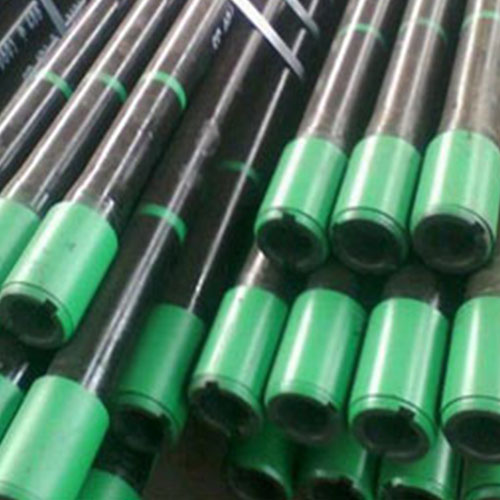Table of Contents
Importance of Ensuring Safety When Using IV Cannulas
Medical instruments play a crucial role in the healthcare industry, especially when it comes to administering medications and fluids to patients. One such instrument that is commonly used in hospitals and clinics is the IV cannula. IV cannulas, also known as IV catheters, are thin, flexible tubes that are inserted into a patient’s vein to deliver medications, fluids, or blood products directly into the bloodstream. While IV cannulas are essential for providing necessary treatments, it is important to ensure their safety and proper use to prevent any potential risks or complications.
One of the key factors in ensuring the safety of IV cannulas is their design and construction. IV cannulas are typically made of materials such as plastic, metal, or silicone, which are biocompatible and safe for use in the human body. It is important to choose IV cannulas that are FDA/CE approved, as this ensures that they meet the necessary safety and quality standards. Additionally, IV cannulas with injection ports provide healthcare providers with the convenience of administering medications or fluids without having to remove the cannula from the patient’s vein, reducing the risk of infection or injury.
Another important aspect of IV cannula safety is proper insertion and maintenance. IV cannulas should be inserted by trained healthcare professionals who have the necessary skills and experience to perform the procedure safely and effectively. It is crucial to follow strict aseptic techniques when inserting IV cannulas to prevent infections and other complications. Once the IV cannula is in place, it should be regularly monitored and maintained to ensure that it remains secure and functional. Any signs of infection, infiltration, or dislodgement should be promptly addressed to prevent further complications.
In addition to proper insertion and maintenance, healthcare providers should also be aware of the potential risks and complications associated with IV cannulas. One common complication of IV cannula use is phlebitis, which is inflammation of the vein where the cannula is inserted. Phlebitis can cause pain, redness, and Swelling at the insertion site, and in severe cases, it can Lead to infection or blood clots. To prevent phlebitis and other complications, healthcare providers should regularly assess the patient’s IV site for signs of inflammation or infection and take appropriate measures to address any issues that arise.
Furthermore, healthcare providers should also be mindful of the importance of patient education and communication when using IV cannulas. Patients should be informed about the purpose of the IV cannula, the procedure for insertion, and any potential risks or complications associated with its use. Patients should also be encouraged to report any discomfort, pain, or other symptoms they experience while the IV cannula is in place. Open communication between healthcare providers and patients can help to ensure the safe and effective use of IV cannulas and promote better patient outcomes.
In conclusion, ensuring the safety of IV cannulas is essential for providing high-quality healthcare and preventing potential risks or complications. By choosing FDA/CE approved IV cannulas with injection ports, following proper insertion and maintenance procedures, being aware of potential risks and complications, and promoting patient education and communication, healthcare providers can help to ensure the safe and effective use of IV cannulas in clinical practice. Ultimately, prioritizing safety when using IV cannulas is crucial for delivering optimal patient care and promoting positive health outcomes.

